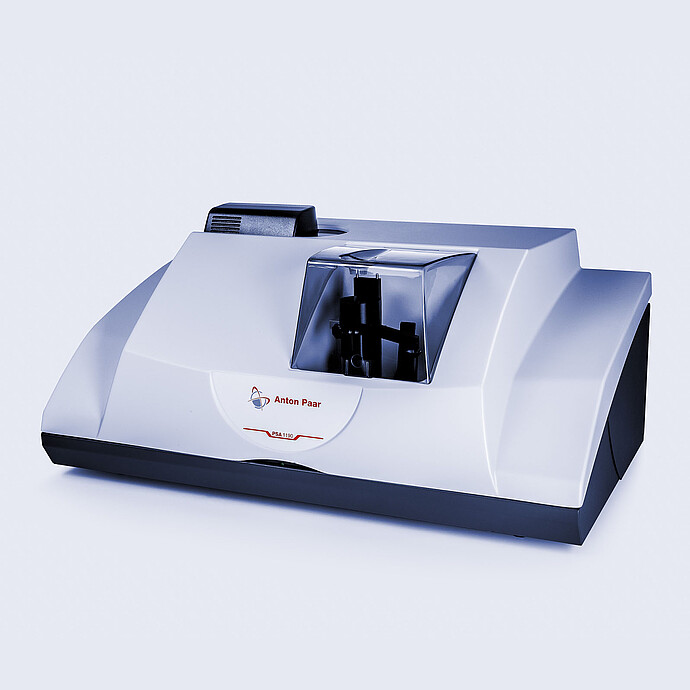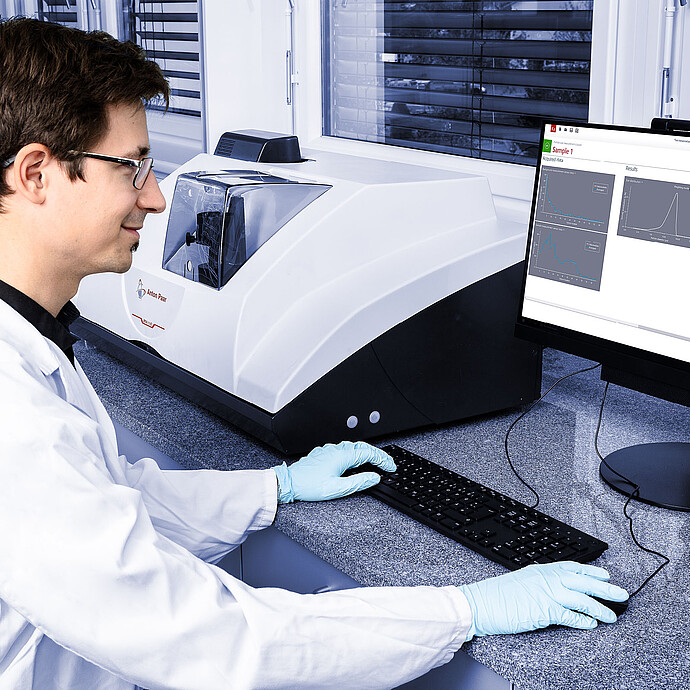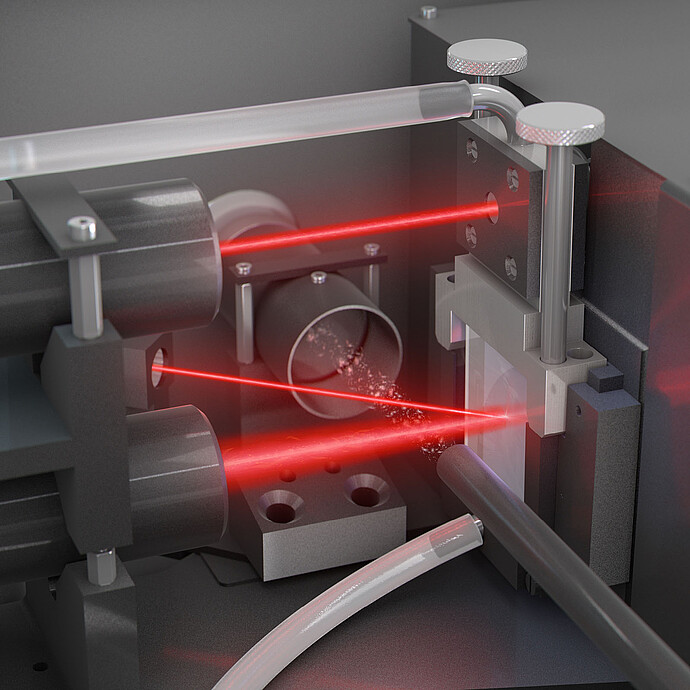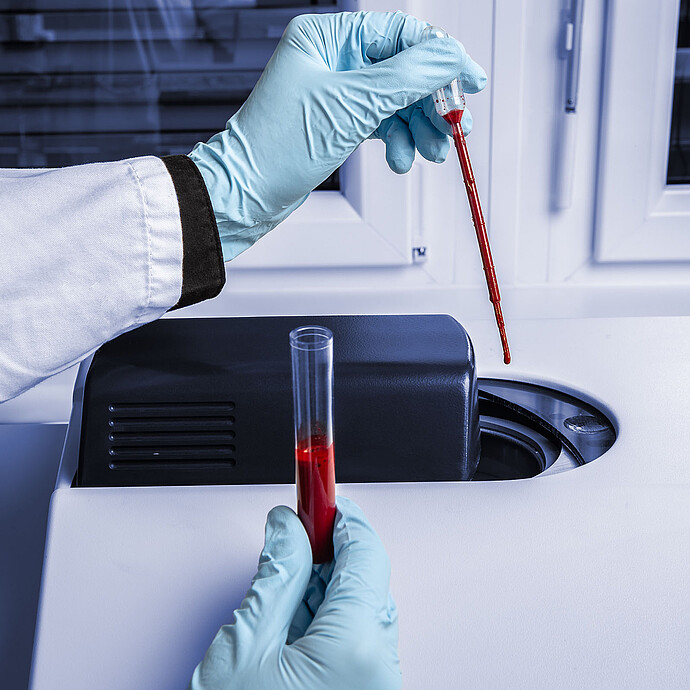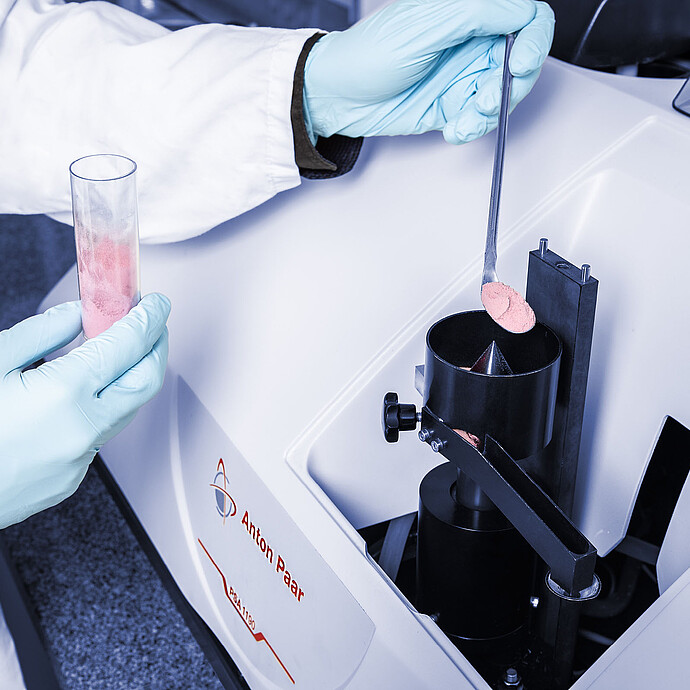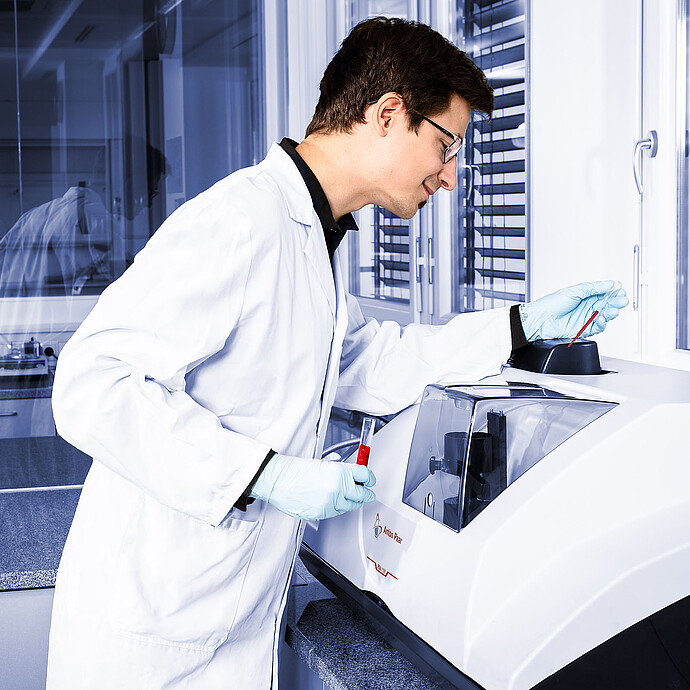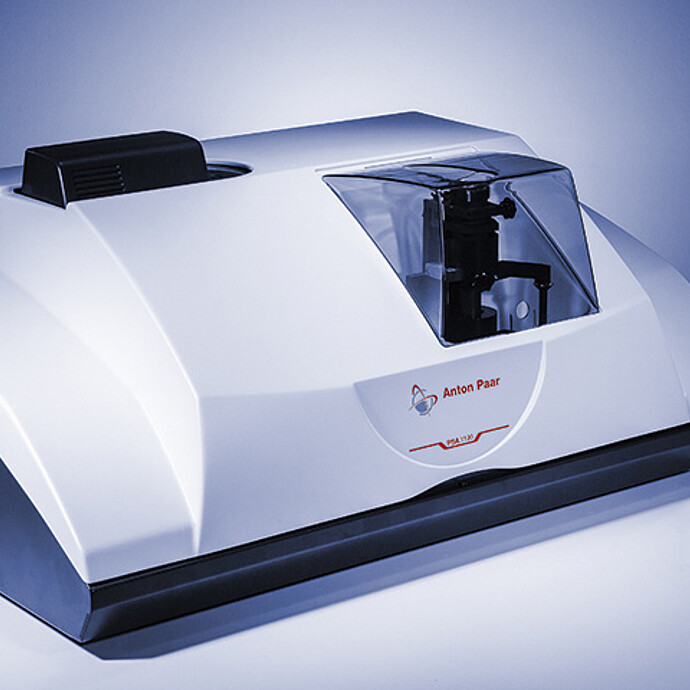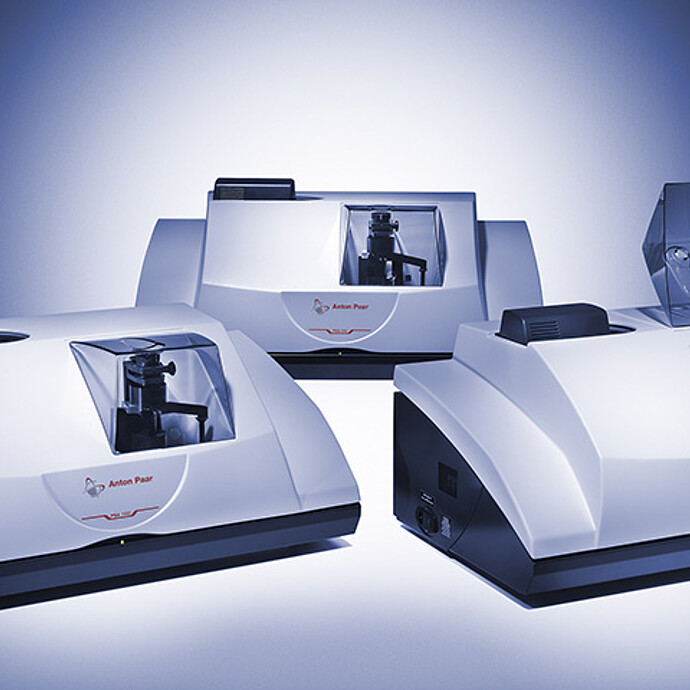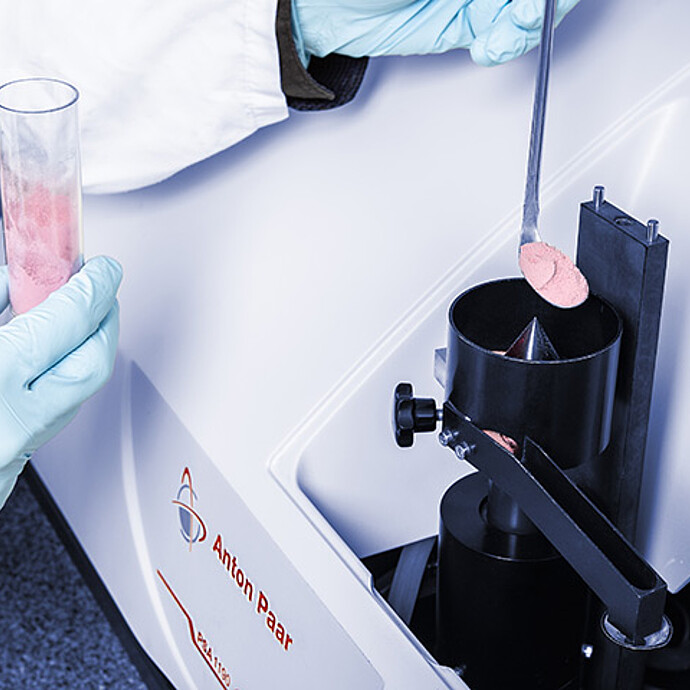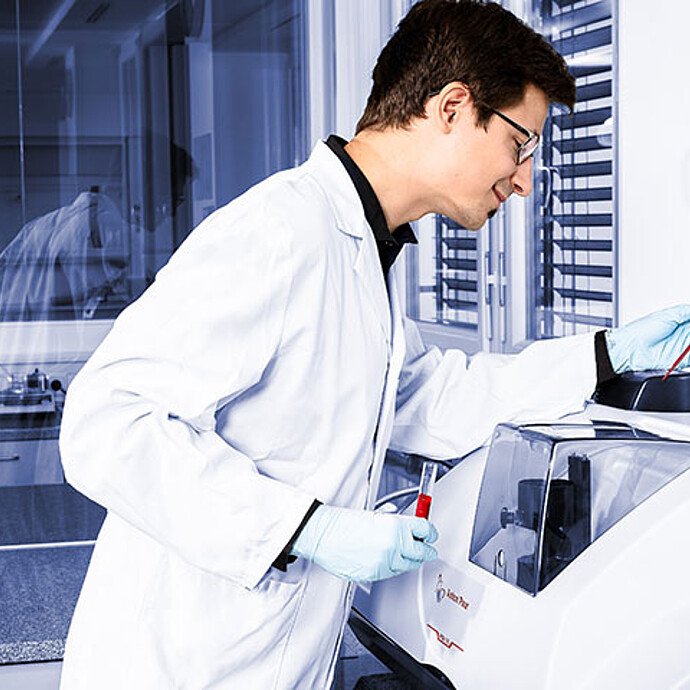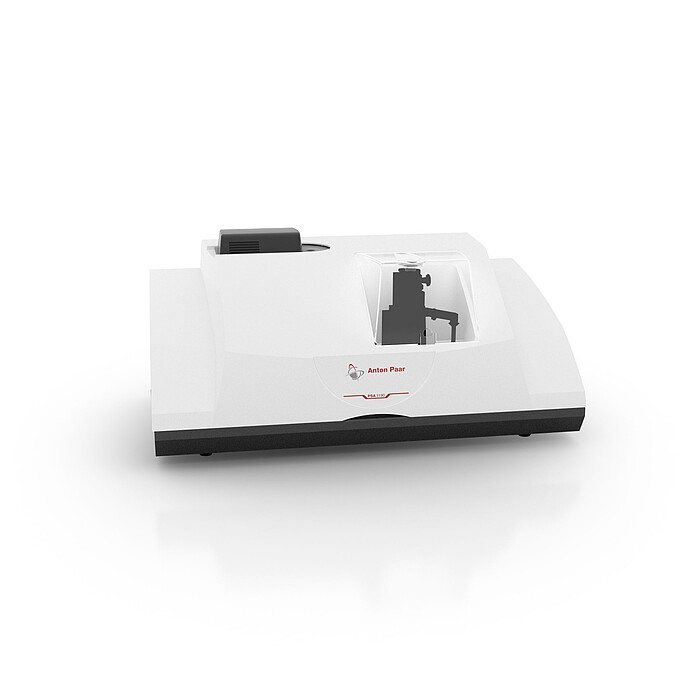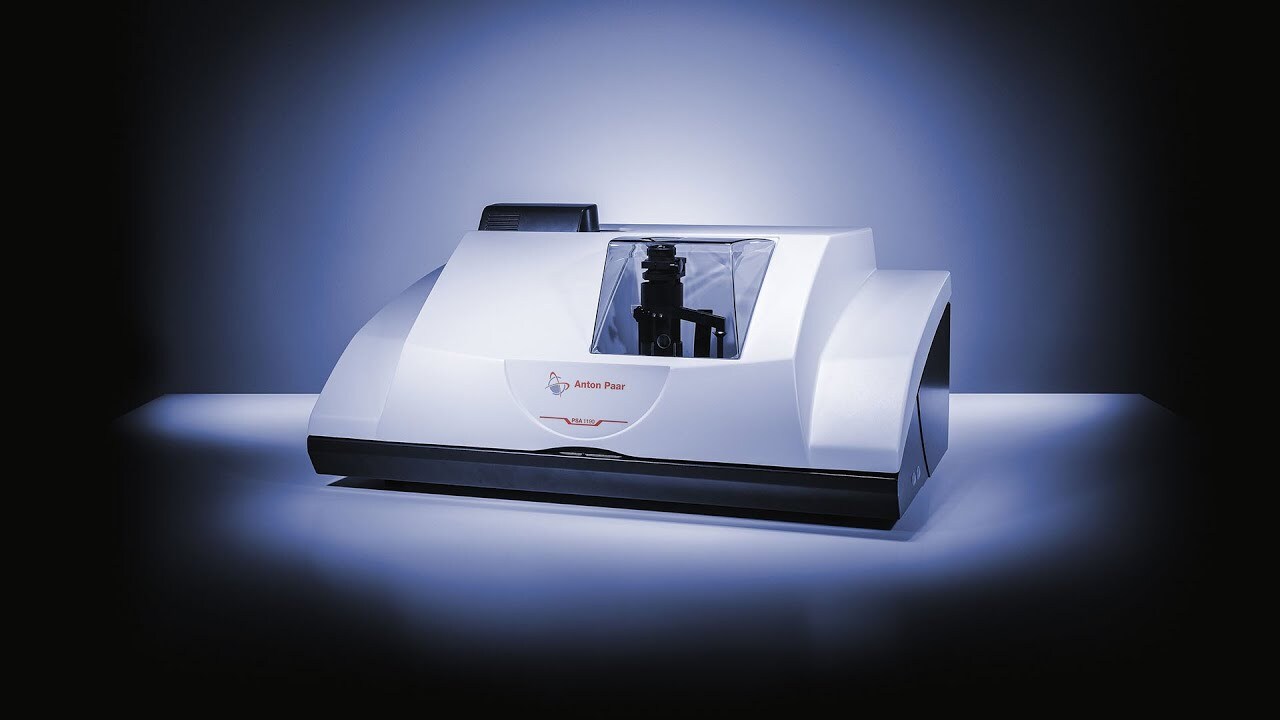Particle Size Analyzer:
PSA
- Multi laser system
- Measurement range liquid: 0.04 µm to 2500 µm
- Measurement range dry: 0.1 µm to 2500 µm
With the laser diffraction technology of the PSA series you can determine the particle size and particle size distribution of both – liquid dispersions and dry powders from the nanometer up to the millimeter range. The knowledge of the material’s particle size and size distribution is essential for product development and quality control as these two parameters have an impact on the processability as well as the properties of the final product. The instruments of this series incorporate more than fifty years of experience. The world’s first laser diffraction particle size analyzer – the first-ever PSA – was invented in 1967.
Key features
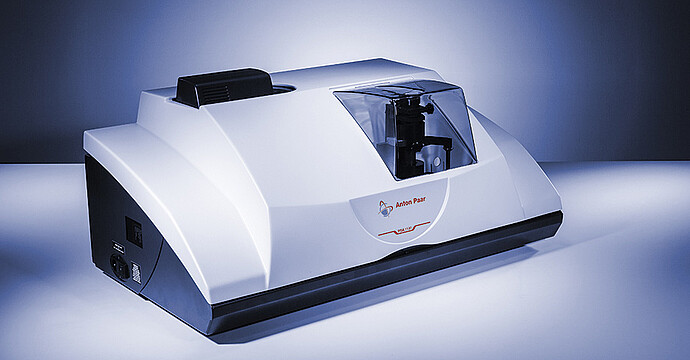
Compact 2-in-1 design to measure both wet and dry samples
PSA instruments are the only particle size analyzers that can be configured with fully integrated liquid and dry dispersion modules within one instrument. Sample dispersion as well as the measurement take place inside the instrument. This unique design eliminates the need for the operator to handle several accessories, exchange the hardware, or make manual adjustments. The software enables the switching between liquid and dry dispersion mode with a single mouse click, which saves time and prevents operation errors.
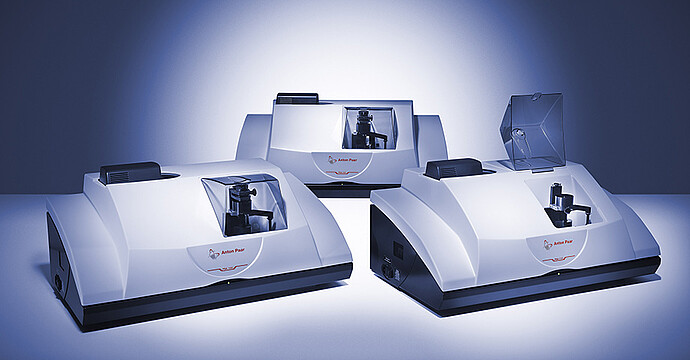
Multi-laser technology for a broad measurement range
The multi-laser technology provides an extensive range of measurable particle sizes. The single-laser PSA 990 covers a measurement range of 0.2 μm to 500 μm. For an even broader range, PSA 1090 and PSA 1190 have a unique optical design for diffraction analysis, which includes multiple lasers. While PSA 1090 has been designed with two lasers to resolve particles as small as 40 nanometers, PSA 1190 contains an additional third laser to cover the full measurement range of up to 2.5 millimeters. The use of solid state lasers ensures that instruments of the PSA series are ready to measure right after being switched on as nearly no warm-up time is required.
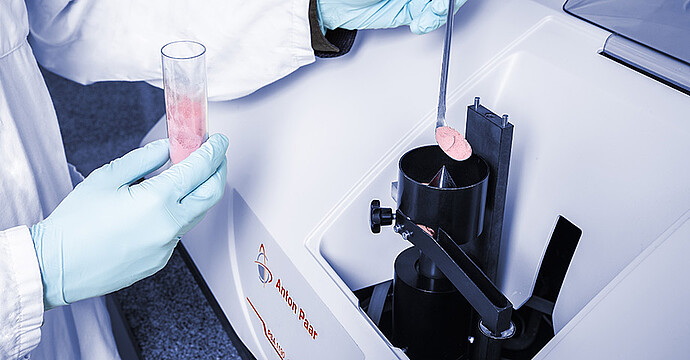
Accurate size distribution of dry powders
The size distribution of dry powders is often difficult to measure because the particles tend to agglomerate, which falsifies the results. Dry Jet Dispersion (DJD) technology is Anton Paar’s patented technique (FR2933314) for efficiently dispersing and precisely analyzing powder particles. The innovative design features an air pressure regulator that quickly and easily adjusts the air flow in accordance with the sample properties. The shear forces created by the air flow separate agglomerated particles ensuring that primary particles are detected.

Accuracy, repeatability, and stability for a lifetime
Anton Paar’s particle size analyzers are fully ISO 13320 compliant to meet the requirements for traceable, accurate, and repeatable results. The unique design of the lasers and the optical bench set the market standard for a measurement reproducibility that is better than 1 % variation. Furthermore, the optical bench design has all optical components permanently mounted on a cast-iron base plate. This ensures realignment-free operation, making PSA the ideal instrument not only for R&D environments, but also for harsh environments. Thus, accuracy, reproducibility, and stability are guaranteed for the instruments’ entire life time.
Technical specifications
| PSA 990 | PSA 1090 | PSA 1190 | |
|---|---|---|---|
| Measurement principle | Laser diffraction | ||
| Measuring range (dry) | 0.3 μm to 500 μm | 0.1 μm to 500 μm | 0.1 μm to 2500 μm |
| Measuring range (wet) | 0.2 μm to 500 μm | 0.04 μm to 500 μm | 0.04 μm to 2500 μm |
| Dry dispersion | Venturi | Venturi | Venturi/Freefall |
| Liquid dispersion | 2 peristaltic pumps/ultrasonic transducer/stirrer | ||
| Repeatability | <1 % | ||
| Accuracy | <3 % | ||
| Measuring time | <1 min | ||
| Number of lasers | 1 | 2 | 3 |
| Laser safety classification | FDA Title 21 CFR - Part 1040 & EN 60825-1:2014 | ||
| Laser class, closed cover | Class 1 of EN 60825-1:2014 | ||
| Laser class, open cover | Class 3R of EN 60825-1:2014 | ||
| Digital data security | FDA Title 21 CFR - Part 11 | ||
| Electromagnetic compatibility | EN 61326-1:2013 | ||
| Low voltage | EN 61010-1:2010 & EN 61010-2-081:2015 | ||
| Dimensions (L x D x H) | 890 mm x 530 mm x 430 mm; 35 in x 21 in x 17 in | ||
| Weight | ~55 kg | ||
Standards
ASTM
ISO
U.S. Pharmacopoeia (USP)
Anton Paar Certified Service
- More than 350 manufacturer-certified technical experts worldwide
- Qualified support in your local language
- Protection for your investment throughout its lifecycle
- 3-year warranty
Documents
-
Accuracy, repeatability and reproducibility of PSA Application Reports
-
Black and green: catalyst and membranes for fuel cells Application Reports
-
Brick on Brick: Particle Size Distributions of Building Materials Application Reports
-
Catalyst Characterization - From Fresh to Spent Application Reports
-
Citius Altius Fortius – Drinks for Athletes Application Reports
-
Dig This – Particle Size Analysis of Soil Application Reports
-
E-Book - Field Guide to Battery Materials Characterization – Revised and Updated Application Reports
-
E-Book - Field Guide to Food Powder Characterization Application Reports
-
E-Book - Field Guide to Pharmaceutical Powder Characterization Application Reports
-
Fits Like a Glove: Particle Characterization for Latex Glove Production Application Reports
-
Food Characterization Application Reports
-
From Pottery to Membranes: Characterization of Ceramic Powders and Surfaces Application Reports
-
Granulation and Drying: the Choice of Excipients Matters Application Reports
-
Heavy Duty Made Easy: Particle Size Analysis for the Cement Industry Application Reports
-
Here Comes the Sun - Using Laser Diffraction to Characterize Cosmetics Application Reports
Consumables, Accessories & Software
Consumables, Accessories & Software
Accessories & Software
Accessories & Software
If you do not find the item you require, please contact your Anton Paar sales representative.
To find out if you can purchase online from your location, check the online availability below.
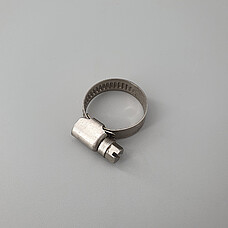
HOSE CLAMP 16-27MM 1.4301
PSA 1190 | 1090 | 990
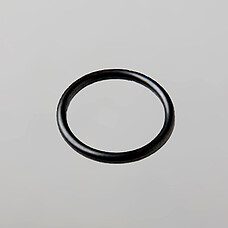
O-RING 10.78x2.62 FKM 70 ±5 SHORE A
PSA 1190
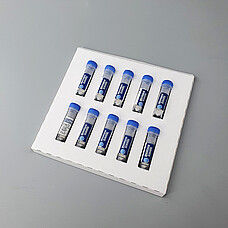
PARTICLE SIZE STANDARD PS 413 SIZE RANGE 10 - 100 µm
PSA 1190 | 1090 | 990
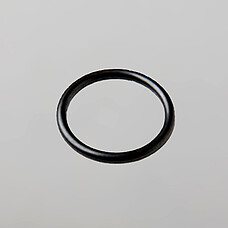
O-RING 10.77x2.62 FKKM CHEMRAZ 505
PSA 1190
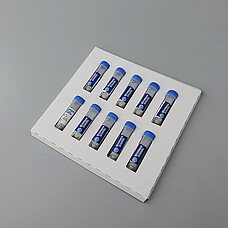
PARTICLE SIZE STANDARD PS 234 SIZE RANGE 150 - 650 µm
PSA 1190 | 1090 | 990
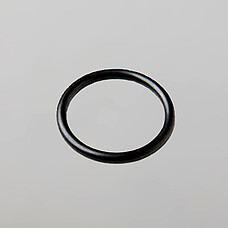
O-RING 90x7 NBR 70
PSA 1190 | 1090 | 990
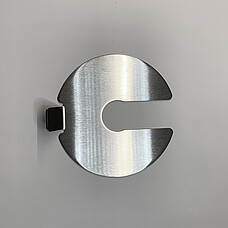
COVER FOR LIQUID TANK - STAINLESS STEEL
PSA 1190 | 1090 | 990
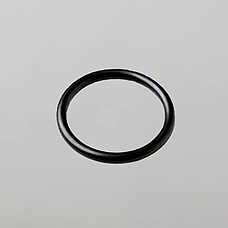
O-RING 78.97x3.53 NBR 70
PSA 1190 | 1090 | 990
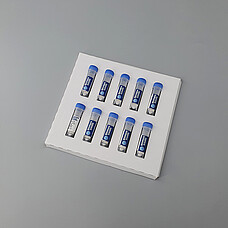
PARTICLE SIZE STANDARD PS414 (10-100 µm)
PSA 1190 | 1090 | 990
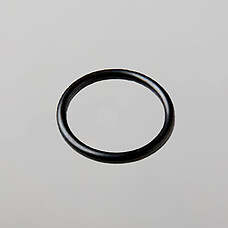
O-RING 28x3 VITON 70
PSA 1190 | 1090 | 990
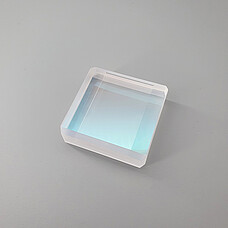
PSA MEASUREMENT CELL LIQUID 990 AND 1090
PSA 1090 | 990
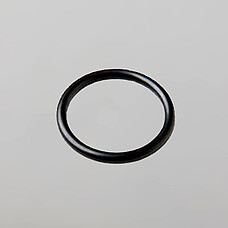
O-RING 28X3 FFKM CHEMRAZ 505
PSA 1190 | 1090 | 990
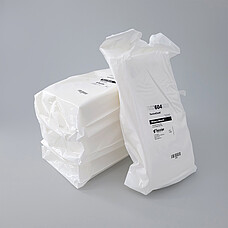
OPTICAL CLEANING WIPES 10x10cm, (PACK OF 300 PCS)
PSA 1190 | 1090 | 990

PSA MEASUREMENT CELL LIQUID 1190
PSA 1190
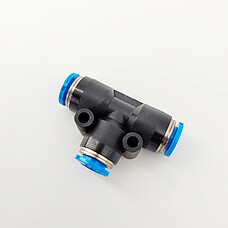
T-HOSE CONNECTOR 6 mm
PSA 1190 | 1090 | 990
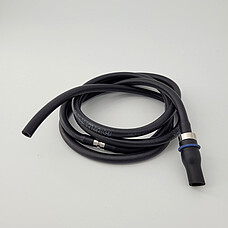
VITON UPGRADE KIT FOR SVU
PSA 1190 | 1090 | 990

HOSE 10X16 PVC
PSA 1190 | 1090 | 990
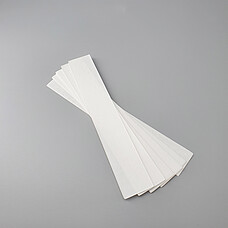
PSA CLEANING STRIPS FOR MEASUREMENT CELL LIQUID (1 pack = 50 Pcs.)
PSA 1190 | 1090 | 990
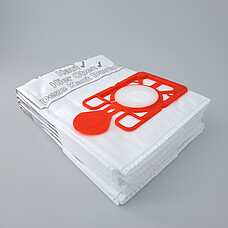
NUMATIC HZ200 DUSTBAGS (10 pcs.)
PSA 1190 | 1090 | 990
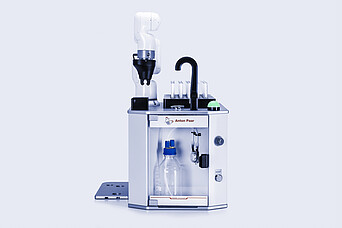
Automation Option for Particle Analysis:
Litesizer Autosampler
PSA 1190 | 1090 | 990
- Measure liquid and dry samples
- Conduct liquid and dry mode measurements in the same run
- Measure up to 60 samples per run
- Add and prioritize samples even during an active run
- Ensure safety with cobot functionality
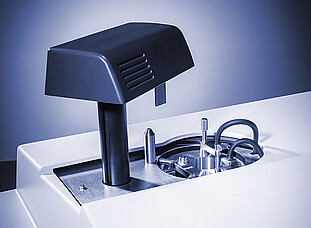
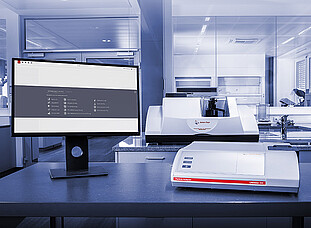
Software for particle analysis:
Kalliope
PSA 1190 | 1090 | 990
- Particle analysis software for the Litesizer DLS Series, PSA Series, and Litesizer DIA 500
- Start your particle measurements in just three clicks
- One-page workflow user interface
- Live monitoring of measurement results, analysis function, customizable reporting, and multiple exporting capabilities
